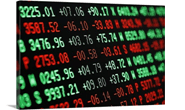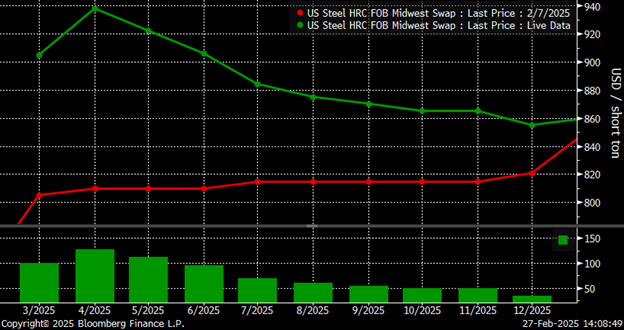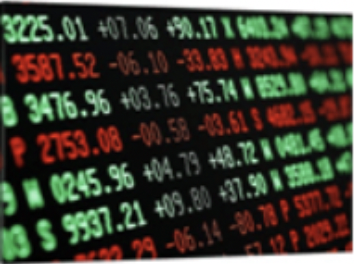Futures

Low Iron Ore Spot Prices Spark Surge in Futures
Written by Sandy Williams
October 7, 2014
The collapse of spot iron ore prices resulted in a surge in iron ore swaps, options and futures in September. Options hit the highest ever volume at 15.6 million tonnes followed by futures at 25 million tonnes according to TSI data. In total, over 62 million tonnes of futures and derivatives were cleared by exchanges outside of China in September. Regulatory pressure has driven the use of futures over use of swaps.
The peak derivatives trading was in July 2014 with 57 million tonnes cleared through the Singapore Exchange (SGX) and Mercantile Exchange Group (CME). Trading volumes decreased as spot prices for 62% Fe iro ore fines retreated in price to around US$90-100/dry metric tonne CFR Tianjin. As prices fell below US$90 at the end of August it triggered a fresh surge in trading as traders sought to protect themselves from losses.
Spot prices on iron ore continued to slip through September. Increased iron ore supply, resulting in lower prices, had Chinese mills ramping up steel production despite weak demand from the housing sector. Tight to negative margins prompted increased run-rates at Australian mines in efforts to improve cost basis, adding to the oversupply of ore.
As October 7, 2014, the price of Iron Ore Fines, CFR Tianjin Port was 62% Fe (US$/dry tonne) 80.0 and 58% Fe (US$/dry tonne) 71.5.
Chinese mills are seeing little relief in borrowing terms despite a cash infusion into the country’s banking system. Housing construction continues to struggle, dampening steel demand.
According to a recent TSI report, “Over 99% of all US$ denominated cleared iron ore derivative contracts are settled against the TSI benchmark 62% Fe iron ore price for fines delivered into Tianjin. This year has seen the successful iron ore contracts on SGX complemented with the launch of swaps and futures for ASEAN HRC imports and coking coal contracts for Australian exports and Chinese imports, all settled against TSI’s benchmark prices. The addition of the latter completes a “virtual” or “paper” steel mill, meaning that market participants are now able to manage risk across the whole steelmaking value chain in Asia.” (Source: TSI Market Watch, Oct 7, 2014)

Sandy Williams
Read more from Sandy WilliamsLatest in Futures

HR Futures: Nascent rally in HRC futures settles above 6-week downtrend
The CME Midwest HRC futures market’s response to Trump’s election and subsequent comments about blanket 25% tariffs on Canada and Mexico was surprisingly counterintuitive.

HR Futures: Market at crossroads after turbulent run
The market appears to be pausing after a turbulent run. But tension remains just beneath the surface. With net long positioning still elevated, sentiment-driven selling could quickly reignite volatility. Still, supply constraints and limited imports are laying the groundwork for a resilient physical market. This moment of calm feels more like a crossroads than a conclusion.

HR Futures: Traders’ views mixed as market navigates tariffs
A look at the HR futures market.

Market pressures trigger HR futures reversal
Market dynamics are shifting rapidly, with futures pricing diverging from physical fundamentals, creating a complex landscape for steel traders.

HR Futures: Correction in market after big rally
Another eventful week in the physical and financial steel markets is coming to a close, but with a markedly different tone than the last update at the end of February.
